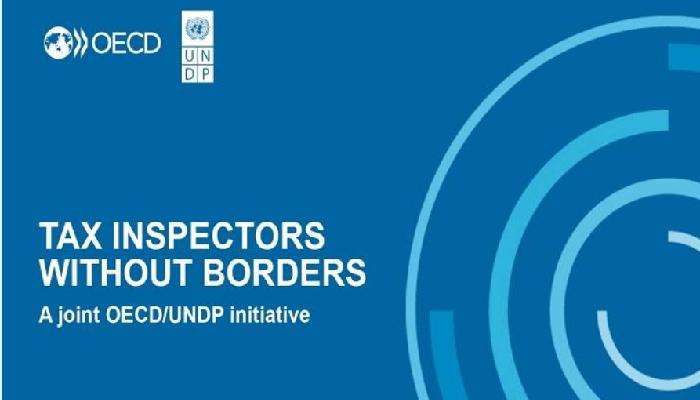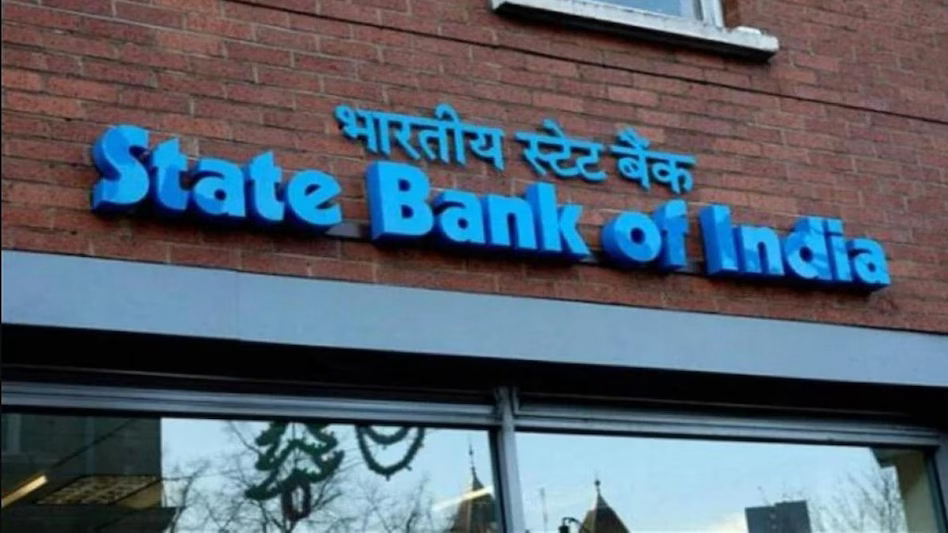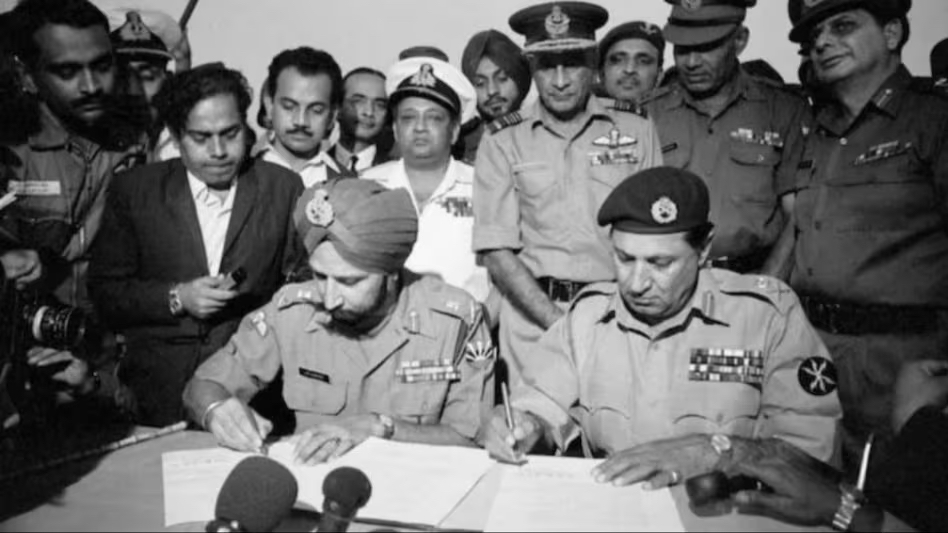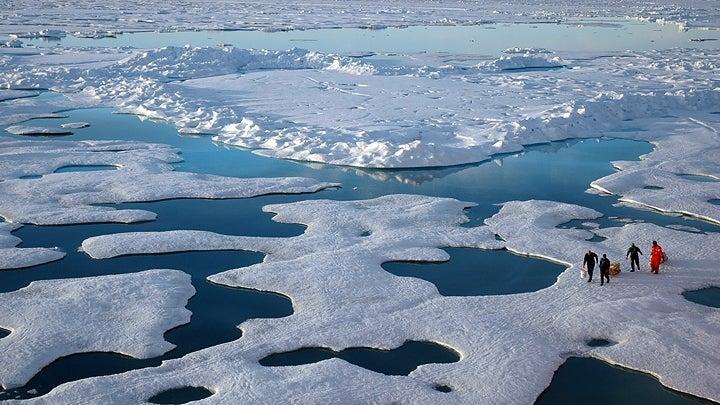Saint Lucia’s Tax Inspectors without Borders (TIWB) programme launched in partnership with India (ET)

- 16 Dec 2023
Why is it in the News?
India will help Saint Lucia in strengthening its tax administration by transferring technical knowledge and skills to its tax administration, and sharing best practices under the ‘Tax Inspectors Without Borders (TIWB) programme’.
Key Highlights:
- India has been chosen as the Partner Administration and will provide Tax Experts for this programme.
- This programme is expected to be of 12-18 months’ duration in which India, in collaboration with the TIWB Secretariat and support of the UNDP Country Office, Barbados and the Eastern Caribbean, aims to aid Saint Lucia in strengthening its tax administration by transferring technical knowledge and skills to its tax administration, and through sharing of best practices.
- The focus of the programme will be on the effective use of automatic exchange of information under the Common Reporting Standard (CRS) framework.
What is Tax Inspectors without Borders programme?
- Tax Inspectors Without Borders (TIWB) is a joint initiative of the Organisation for Economic Co-operation and Development (OECD) and the United Nations Development Programme (UNDP).
- It is designed to support developing countries to build tax audit capacity.
- TIWB facilitates well-targeted, specialised tax audit assistance in developing countries around the world.
- Under TIWB, tax audit experts work alongside local officials of developing country tax administrations on tax audit and tax audit-related issues.
- TIWB aims to transfer technical know-how and skills to developing countries’ tax auditors, as well as share general audit practices.
- The host administrations of developing countries are the lead partners in TIWB programmes, clearly specifying their needs and scope of work.
- A dedicated central unit (TIWB Secretariat) jointly managed by OECD and UNDP operates as a clearing house to match the demand for auditing assistance with appropriate expertise.
- TIWB is a capacity-building programme.
State Bank of India (SBI) has raised its marginal cost of funds-based lending rate (MCLR) by up to 10 basis points for selected tenures (Financial Express)

- 16 Dec 2023
Why is it in the News?
State Bank of India (SBI) on Friday hiked its marginal cost of funds-based lending rate (MCLR) on various tenures by 5-10 basis points (bps), a move that could make consumer loans, such as auto or home loans, more expensive for borrowers.
What is the Marginal Cost of Funds Based Lending Rate (MCLR)?
- The MCLR, or Marginal Cost of Funds Based Lending Rate, represents the minimum lending rate below which a bank is not authorized to lend.
- This mechanism aims to facilitate the calculation of the minimum interest rate applicable to various types of loans offered by banks.
- Introduced by the Reserve Bank of India (RBI) on April 1, 2016, the MCLR methodology serves to improve the effectiveness of monetary policy transmission and enhance transparency in the interest rate-setting process, replacing the earlier base rate structure established in July 2010.
- Calculation of MCLR: MCLR is internally determined by the bank, considering the remaining period for the loan repayment. This rate is closely tied to actual deposit rates and is calculated based on four key components:
- The marginal cost of funds
- Negative carry-on account of the cash reserve ratio
- Operating costs
- Tenor premium
- Under the MCLR framework, banks have the flexibility to offer loans at fixed or floating interest rates across all categories.
- The actual lending rates for various loan categories and tenors are determined by adding the components of spread to the MCLR.
- Consequently, the bank is restricted from lending at a rate lower than the MCLR for a specific maturity concerning all loans linked to that benchmark.
- Banks review and publish MCLRs for different maturities on a monthly basis.
- Certain loan rates, such as those for fixed-rate loans with tenors exceeding three years and special loan schemes offered by the government, remain unaffected by MCLR fluctuations.
Difference Between MCLR and Base Rate:
MCLR stands as a more evolved iteration of the base rate, presenting several distinctions between the two:
- Origin and Regulation: The base rate is the RBI-set minimum interest rate, and financial institutions cannot lend below this rate.
- MCLR, on the other hand, is an internal benchmarking system used by financial institutions, allowing them to set lending rates based on a predetermined spread.
- Cost Calculation: The base rate relies on the average cost of funds.
- MCLR is rooted in the marginal or incremental cost of money, providing a more dynamic reflection of the current cost scenario.
- Impact of RBI's Repo Rate: The base rate remains unaffected by changes in the RBI's repo rate.
- MCLR, however, is directly influenced by revisions in the repo rate, adjusting accordingly.
- Consideration Factors: The base rate typically considers the minimum rate of return or profit margin.
- In contrast, when determining the MCLR, factors such as the tenor premium are taken into account, resulting in a more nuanced rate-setting process.
‘Sacrifice forever etched in our hearts’: PM Modi, leaders across parties pay tributes on Vijay Diwas (Indian Express)

- 16 Dec 2023
Why is it in the News?
Leaders across the political lines paid tributes to the soldiers who fought in the 1971 war, on the occasion of 52nd Vijay Diwas on Saturday.
About Vijay Diwas:
- Vijay Diwas, observed on December 16 annually, is a commemoration honouring the triumph of the Indian armed forces over Pakistan in the 1971 war and paying tribute to the soldiers who made the ultimate sacrifice for their country.
- This day is also recognized in Bangladesh as 'Bijoy Dibos' or Victory Day, symbolizing the nation's formal independence from Pakistan.
Historical Background:
- The roots of the 1971 war lay in the genocide perpetrated by the oppressive Pakistani military regime, led by General Yahya Khan, against the people of East Pakistan.
- The conflict emerged following the victory of the Sheikh Mujibur Rahman-led Awami League in the 1970 elections.
- Post-elections, the Pakistani military used force to manipulate the results, resulting in a mass exodus from East Pakistan.
- India intervened during this critical period, with then-Prime Minister Indira Gandhi offering refuge to those fleeing from the other side of the border.
- Tensions escalated on December 3, 1971, when Pakistan initiated air strikes on 11 Indian airbases.
- In response, Indira Gandhi instructed India's Army Chief, General Sam Manekshaw, to launch a full-scale war against Pakistan.
- India supported Bangladesh nationalist groups and executed 'Operation Trident,' led by the Indian Navy, to target Karachi Port.
- After a 13-day battle, India achieved a decisive victory on December 16, 1971, leading to the establishment of Bangladesh from the former East Pakistan.
- On this momentous day, General Amir Abdullah Khan Niazi of Pakistan signed the Instrument of Surrender, capitulating with 93,000 Pakistani soldiers before the Indian Army and the Mukti Bahini of Bangladesh, marking the most substantial military surrender post-World War II.
How the hottest summer ever affected the Arctic: 5 things you need to know (Indian Express)

- 16 Dec 2023
Why is it in the News?
Rising temperatures in the Arctic have led to unprecedented wildfires that forced communities to evacuate, a decline in sea ice extent, devastating floods, food insecurity, and a rise in sea level.
Highlights from the Arctic Report Card 2023:
- The period from October 2022 to September 2023 ranked as the sixth-warmest year in the Arctic since the initiation of record-keeping in 1900.
- Notably, this timeframe aligns with the Arctic monitoring year, spanning from October to September to cover the region's cold season.
- This marks the 14th consecutive year wherein Arctic temperatures surpassed the average recorded between 1991 and 2020.
- The elevated temperatures observed in the northern polar region had significant consequences, including unprecedented wildfires necessitating community evacuations, a reduction in sea ice coverage, severe floods, concerns about food security, and an elevation in sea levels.
The most severe consequences of the soaring temperatures in the Arctic:
- Thawing of Subsea permafrost: Subsea permafrost is essentially frozen soil beneath the seabed that contains organic matter.
- While it has been gradually thawing for thousands of years, warmer ocean temperatures are accelerating this process.
- When subsea permafrost thaws, the organic matter it contains decays and releases methane and carbon dioxide – greenhouse gases that contribute to global warming and worsen ocean acidification.
- Food insecurity: Due to the impact of climate change on freshwater bodies and marine ecosystems, Western Alaska recorded another year of extremely low numbers of Chinook and chum salmon. The size of adult salmon has also decreased.
- It led to fishery closures, worsened user conflicts, and had profound cultural and food security impacts in Indigenous communities that have been tied to salmon for millennia.
- Interestingly, while the population of Chinook and chum salmon declined, sockeye salmon increased in Western Alaska.
- According to scientists, the diverging impacts are affecting Indigenous communities that depend on the salmon for food, and challenging fishery managers as the different species respond in unique ways to the warming climate.
- Raging wildfires: Canada with 40% of its land mass is considered Arctic and Northern was among the worst affected regions when it comes to wildfires.
- Canada witnessed its worst wildfire season on record with fires burning more than 10 million acres in the Northwest Territories.
- This happened as high temperatures dried up vegetation and soil, coupled with below-average rainfall, creating perfect conditions for wildfires.
- Canada witnessed its worst wildfire season on record with fires burning more than 10 million acres in the Northwest Territories.
- Severe flooding: Rising temperatures have led to dramatic thinning of the Mendenhall Glacier, located in Alaska, over the past 20 years.
- As a result, over the years, the meltaway water has annually caused floods in the region.
- One such disaster took place in August 2023, when a glacial lake on a tributary of the Mendenhall Glacier burst through its ice dam.
- It caused unprecedented flooding and severe property damage” in Alaska’s Juneau.
- Greenland ice sheet melting: The highest point on Greenland’s ice sheet experienced melting for only the fifth time in the 34-year record.
- Not only this, the ice sheet continued to lose mass despite above-average winter snow accumulation.
- Between August 2022 and September 2023, it lost roughly 350 trillion pounds of mass.
- Notably, Greenland’s ice sheet melting is the second-largest contributor to sea-level rise.
India joins the elite club of countries to have mastered the controls for flying wing technology in tailless configuration (Indian Express)

- 16 Dec 2023
Why is it in the News?
Recently Defence Research and Development Organisation (DRDO) successfully carried out a flight trial of the Autonomous Flying Wing Technology Demonstrator, an indigenous high-speed flying-wing Unmanned Aerial Vehicle (UAV) from the Aeronautical Test Range, Chitradurga in Karnataka.
About the Flying Wing Technology Demonstrator:
- The Flying Wing Technology Demonstrator is a domestically developed high-speed flying-wing Unmanned Aerial Vehicle (UAV) crafted by the Defence Research and Development Organisation (DRDO)’s Aeronautical Development Establishment.
- Its inaugural flight took place in July 2022, marking significant progress in the development of robust aerodynamic and control systems, real-time integration, hardware-in-loop simulation, and an advanced Ground Control Station.
- The project team successfully optimized avionic systems, integration processes, and flight operations, culminating in the seventh and final flight in the ultimate configuration.
- Constructed with a complex arrowhead wing platform, the UAV prototype utilizes a lightweight carbon prepreg composite material developed indigenously.
- A noteworthy feature is the autonomous landing capability, eliminating the need for ground radars, infrastructure, or a pilot.
- This unique capability demonstration allows take-off and landing from any runway with surveyed coordinates.
- This technology demonstrator has been developed for India's secretive stealth combat drone called Ghatak.
- The successful flight in a tailless configuration has propelled India into the prestigious group of nations that have perfected the controls for the Flying wing configuration
Indian Joins Elite Club:
- With this flight in the tailless configuration, India has joined the elite club of countries to have mastered the controls for the flying wing technology.
- These flight tests led to achievements in the development of robust aerodynamic and control systems; integrated real-time and hardware-in-loop simulation, and a state-of-the-art Ground Control Station, informed the DRDO.
Aatmanirbharta
- The DRDO team had optimised the avionic systems, integration and flight operations towards the successful seventh flight in the final configuration.
- The aircraft prototype, with a complex arrowhead wing platform, is designed and manufactured with lightweight carbon prepreg composite material developed indigenously.
- Also, the composite structure, impregnated with fibre interrogators for health monitoring, is a showcase of ‘Aatmanirbharta’ in aerospace technology.
